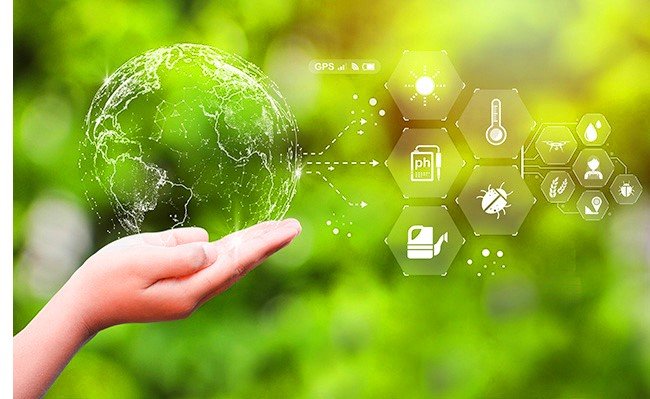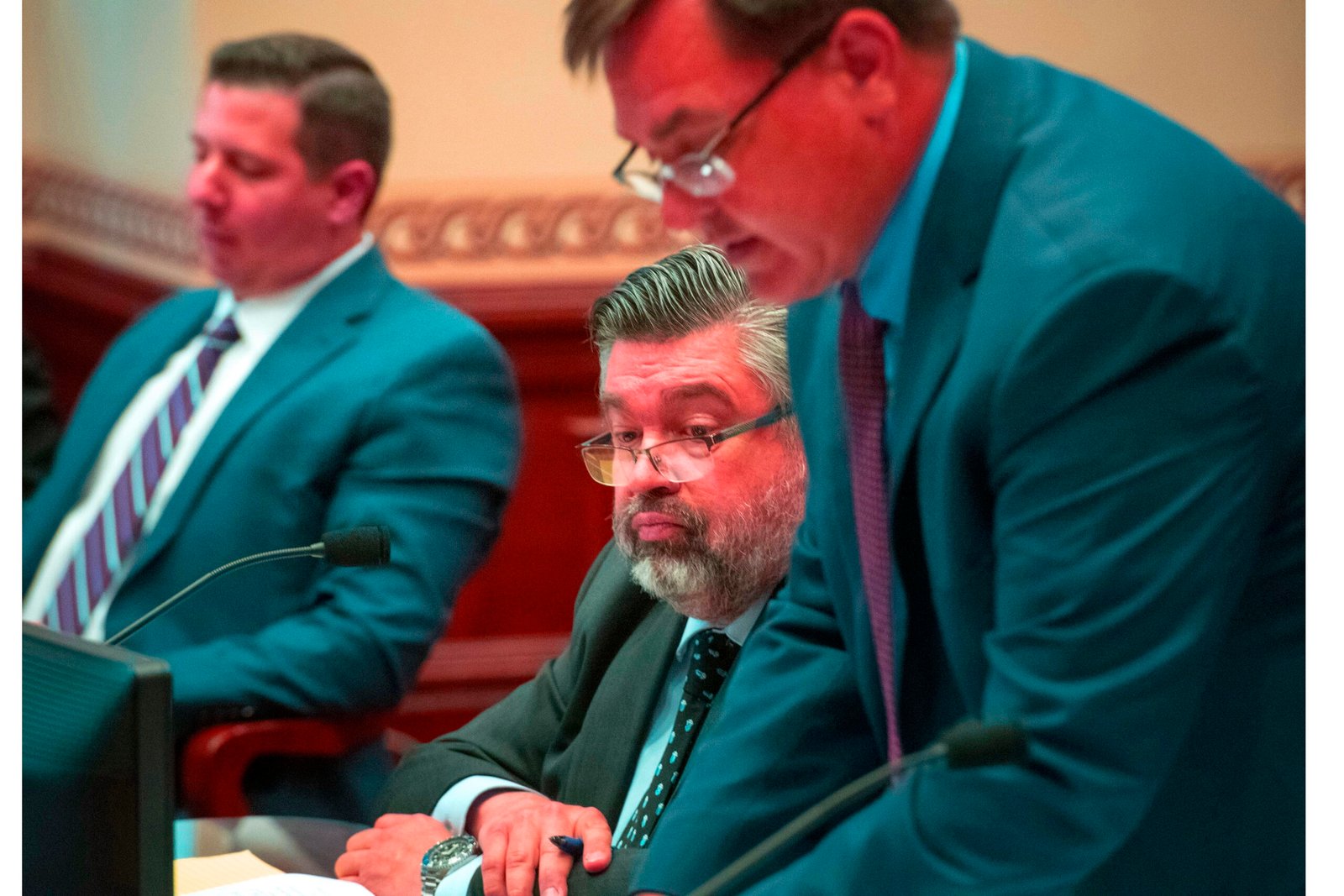Environmental Conservation Laws and Practices

Environmental conservation is a crucial aspect of preserving our planet for future generations. This article delves into the intricacies of environmental conservation laws and practices, highlighting their significance in the face of modern challenges.
Key Environmental Conservation Laws
National Environmental Policy Act (NEPA)
Enacted in 1970, NEPA laid the foundation for environmental policies in the United States. It mandates environmental impact assessments for federal projects, ensuring a thorough evaluation of potential ecological consequences.
Clean Air Act
Addressing air pollution, the Clean Air Act regulates emissions from industries and vehicles. It aims to improve air quality and protect public health by setting emission standards and promoting cleaner technologies.
Clean Water Act
The Clean Water Act focuses on maintaining the quality of water bodies. It establishes standards for pollutants in surface waters and grants the Environmental Protection Agency (EPA) authority to oversee water quality.
Endangered Species Act
Designed to protect endangered and threatened species, this act prohibits the “take” of listed species and encourages conservation efforts. It plays a crucial role in preserving biodiversity.
International Environmental Agreements
Paris Agreement
A landmark accord, the Paris Agreement unites nations in the fight against climate change. Countries commit to reducing greenhouse gas emissions and enhancing adaptation measures, fostering global environmental cooperation.
Convention on Biological Diversity
This international treaty emphasizes the conservation of biodiversity and the sustainable use of biological resources. It sets goals to safeguard ecosystems, species, and genetic diversity.
Montreal Protocol
Addressing ozone depletion, the Montreal Protocol aims to phase out the production and consumption of ozone-depleting substances. It stands as a successful example of global collaboration for environmental protection.
Challenges in Environmental Conservation
Enforcement Issues
Despite the existence of laws, enforcement remains a challenge. Inconsistent implementation and weak penalties hinder the effectiveness of environmental regulations.
Global Cooperation Challenges
Coordinating conservation efforts on a global scale is complex. Differing priorities, economic interests, and political tensions pose obstacles to unified environmental action.
Impact of Industrialization
The rapid pace of industrialization contributes to environmental degradation. Striking a balance between economic growth and conservation is an ongoing challenge.
Innovative Environmental Conservation Practices
Sustainable Agriculture
Implementing sustainable farming practices helps preserve soil fertility, reduce chemical usage, and promote biodiversity. Practices such as agroforestry and organic farming contribute to long-term environmental health.
Renewable Energy Initiatives
Shifting towards renewable energy sources mitigates the environmental impact of fossil fuels. Solar, wind, and hydroelectric power offer sustainable alternatives, reducing greenhouse gas emissions.
Wildlife Conservation Programs
Protecting endangered species requires active conservation measures. Programs focusing on habitat preservation, anti-poaching efforts, and breeding initiatives contribute to wildlife protection.
Read More: What is Business Environmental Compliance Regulations?
Case Studies
Successful Implementation of Conservation Laws
Examining cases where environmental laws were successfully implemented provides valuable insights. It underscores the importance of strict enforcement and public awareness.
Failures and Lessons Learned
Analyzing instances of failed conservation efforts is equally instructive. Learning from mistakes helps refine future strategies and strengthens the foundation of environmental protection.
The Role of Technology in Conservation
Monitoring and Surveillance
Technology facilitates real-time monitoring of ecosystems. Satellite imagery, drones, and sensor networks offer valuable data for assessing environmental changes and detecting illegal activities.
GIS (Geographic Information System) in Conservation
GIS technology aids in mapping and analyzing spatial data. Conservationists use GIS to identify critical habitats, plan conservation strategies, and monitor the effectiveness of protective measures.
Public Participation in Conservation Efforts
Community Engagement Programs
Involving local communities in conservation initiatives fosters a sense of ownership and responsibility. Educational programs, workshops, and community-based projects enhance public awareness.
The Power of Grassroots Movements
Historically, grassroots movements have played a pivotal role in environmental change. Activism at the local level can influence policies and prompt collective action for conservation.
Future Trends in Environmental Conservation
Advancements in Green Technologies
Innovation in green technologies holds promise for sustainable development. From eco-friendly construction materials to innovative waste management solutions, technological advancements will shape the future of conservation.
Evolving Conservation Policies
Adapting to emerging challenges, conservation policies will evolve. Flexibility in policy frameworks is crucial to address new environmental threats and ensure continued protection.
Read More: Conservation Practices and Environmental Law
Conclusion
In conclusion, environmental conservation laws and practices form the bedrock of efforts to safeguard our planet. While challenges persist, innovative practices, international cooperation, and technological advancements offer hope for a sustainable future.
FAQs
How do environmental laws impact everyday life?
Environmental laws regulate industries and activities to ensure they do not harm the environment, directly impacting air and water quality, biodiversity, and overall ecological balance.
Are international agreements effective in addressing global environmental issues?
Yes, international agreements like the Paris Agreement and Montreal Protocol play a vital role in fostering global cooperation and addressing issues that transcend national boundaries.
What role can individuals play in environmental conservation?
Individuals can contribute by adopting sustainable practices, reducing waste, supporting conservation initiatives, and advocating for environmentally friendly policies.
How can technology aid in wildlife conservation?
Technology, such as tracking devices and remote sensing, helps monitor wildlife movements, identify poaching activities, and gather critical data for conservation efforts.
What is the significance of public participation in conservation?
Public participation ensures a collective effort toward conservation goals, fostering a sense of responsibility and raising awareness about environmental issues.











